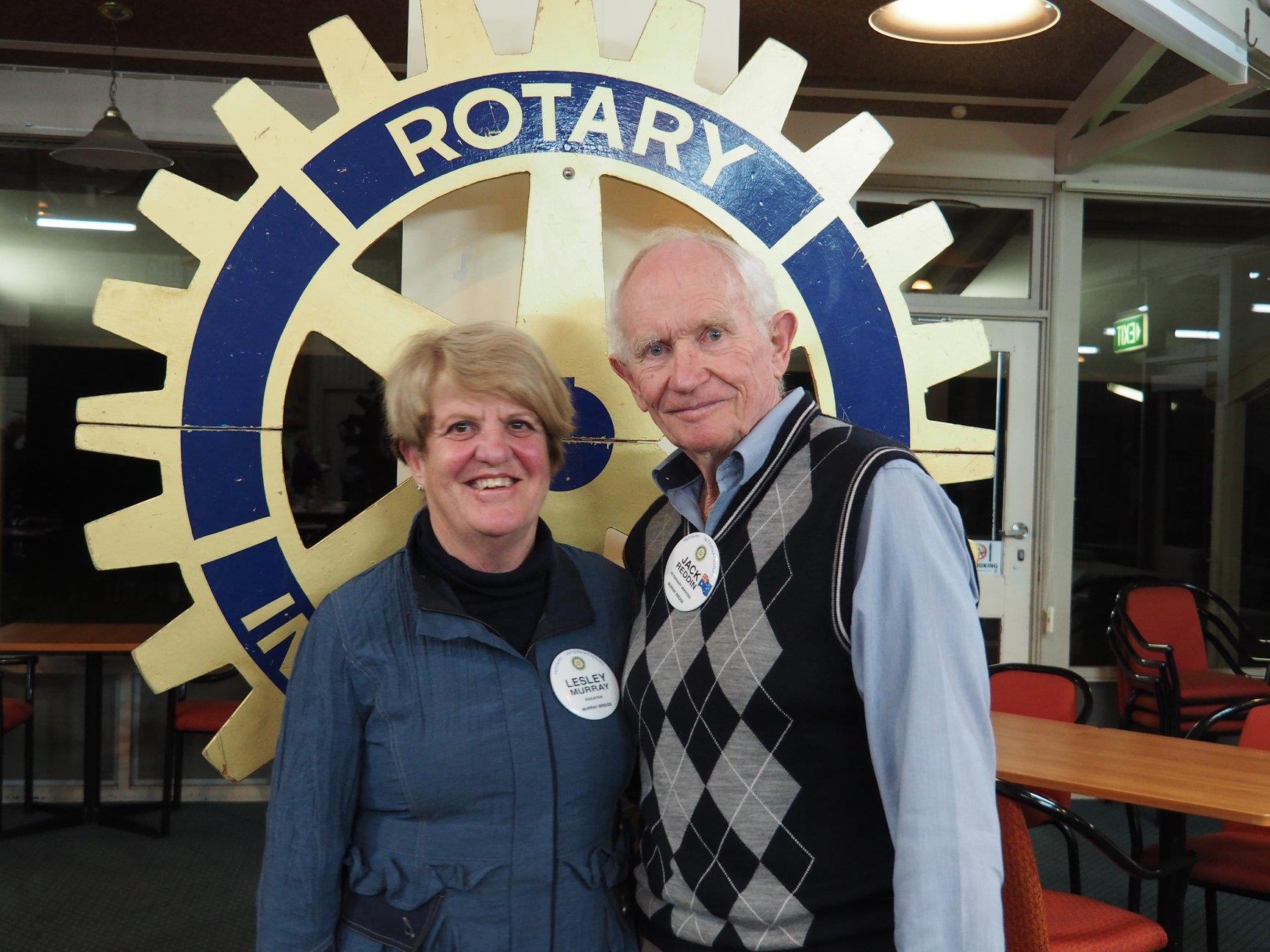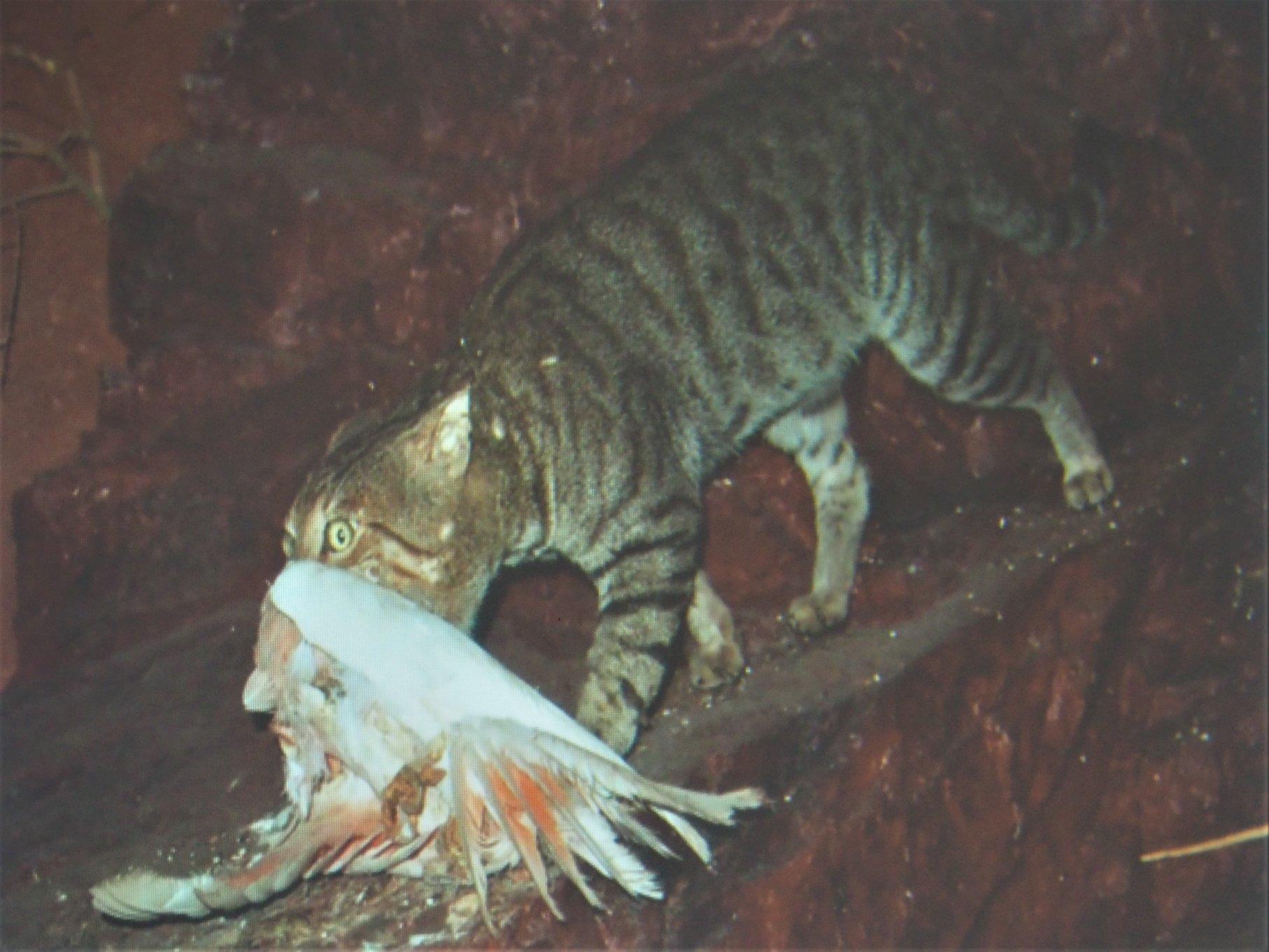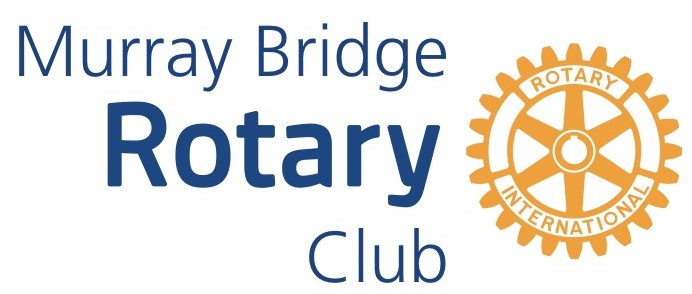Meeting Report 3316
Tuesday night's Rotary Club of Murray Bridge Dinner Meeting featured our own Rotarian Jack Reddin, a Veterinarian by profession, who updated us on the spread of African Swine Fever and also the effects of feral cats on native marsupials and birds. Swine Fever is a major threat to our pig industry. It's now in Europe, Thailand, Vietnam, North Korea, and China. Vietnam has culled 2 million pigs. In Germany they tested Passengers on air flights by going thru their luggage and found infected meats. The disease is not transmissible to humans, but we are the main mechanism of spreading it. Nearly all infected pigs die, the virus is a survivor with a three week incubation and 70% of the population in many Asian countries get their protein from pig meat. There is research on the way to develop a vaccine. The red tailed Phascogale, a small native marsupial related to the famed extinct thylacine is now also under threat of extinction resulting from predation from feral cats. The species has been recorded in Central Australia near Tennant Creek, the great Sandy Desert, SW Western Australia and parts of southern South Australia. Its a beautiful little marsupial weighing about 60gms with a long tail with a blackish patch in front of the eye and reddish coloured ears. It's generally nocturnal, but also feeds during the day. A survey in the Piliga Forest in NSW showed that feral cats range up to 250 km in the wild. On Kangaroo Island the population of feral cats has been surveyed to be 1 cat per square kilometre. Even in the dry Tanami Desert the cat population is one per two square kms. Cats have to have food every day as they are obligate carnivores and their preference is to eat live animals in the 50 to 200gm range. Feral Cats generally weigh between 2 to 3 Kg in weight. Birds are also a food source for them from the little wrens to the cockatoos. KI is currently trialing methods of eradication of the feral cat.


